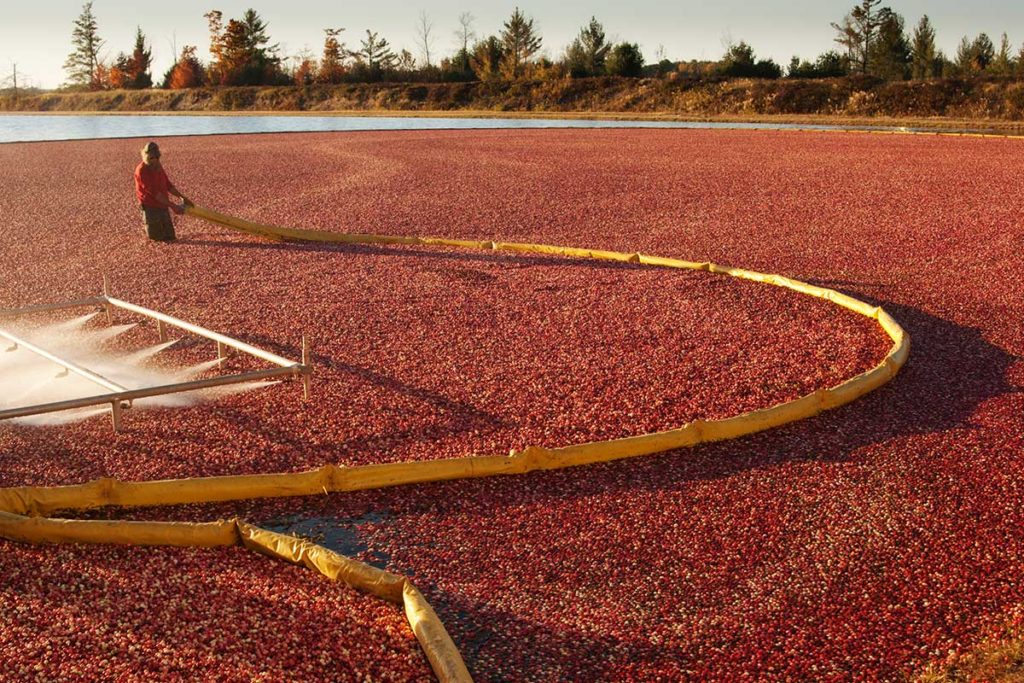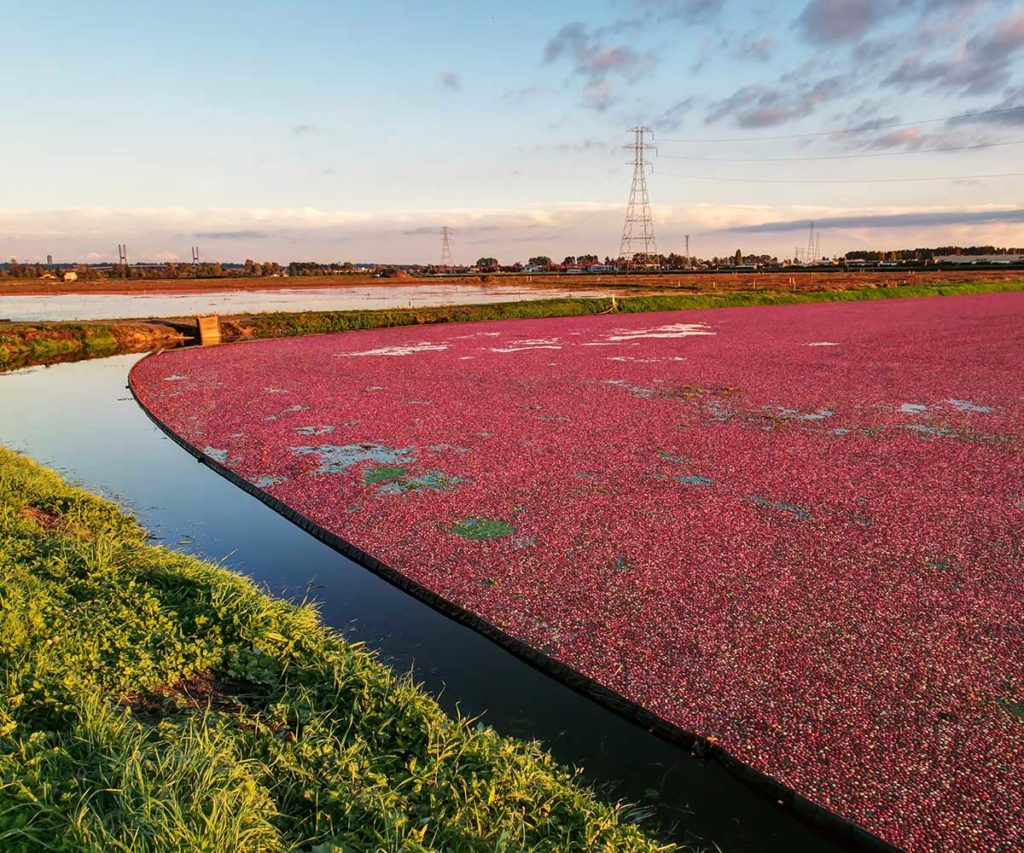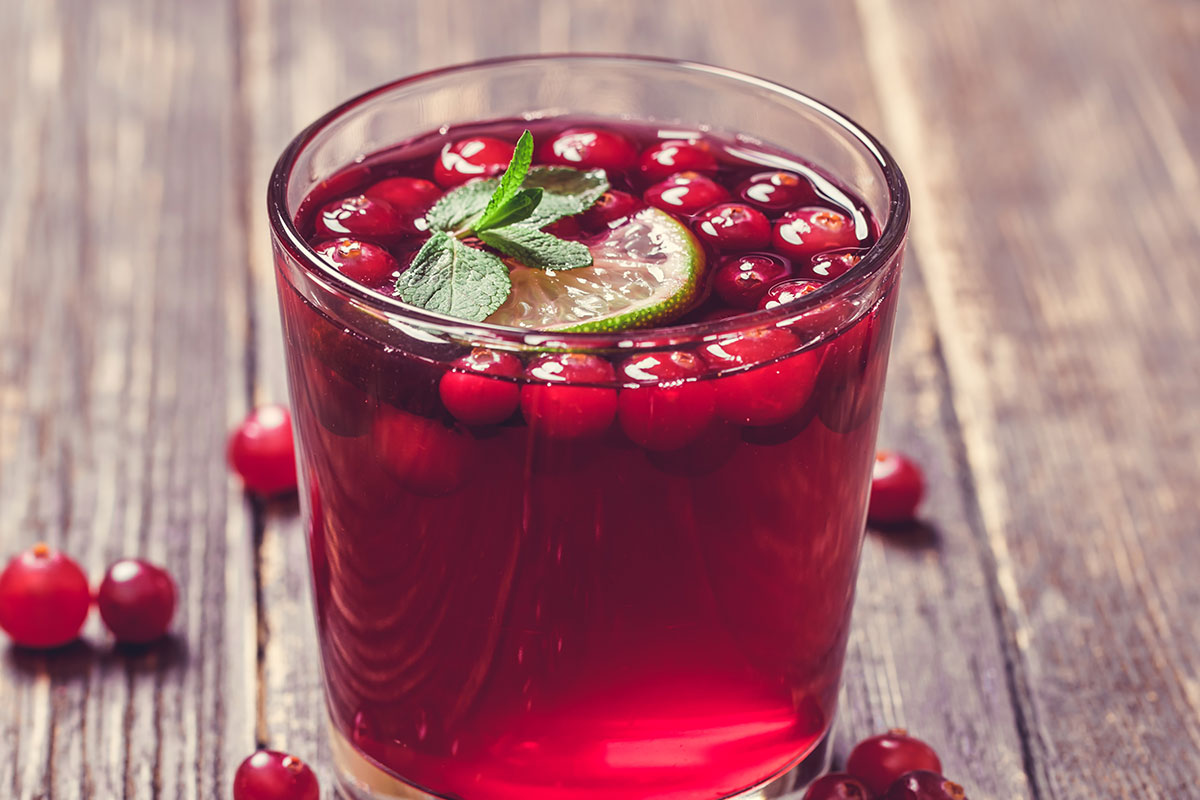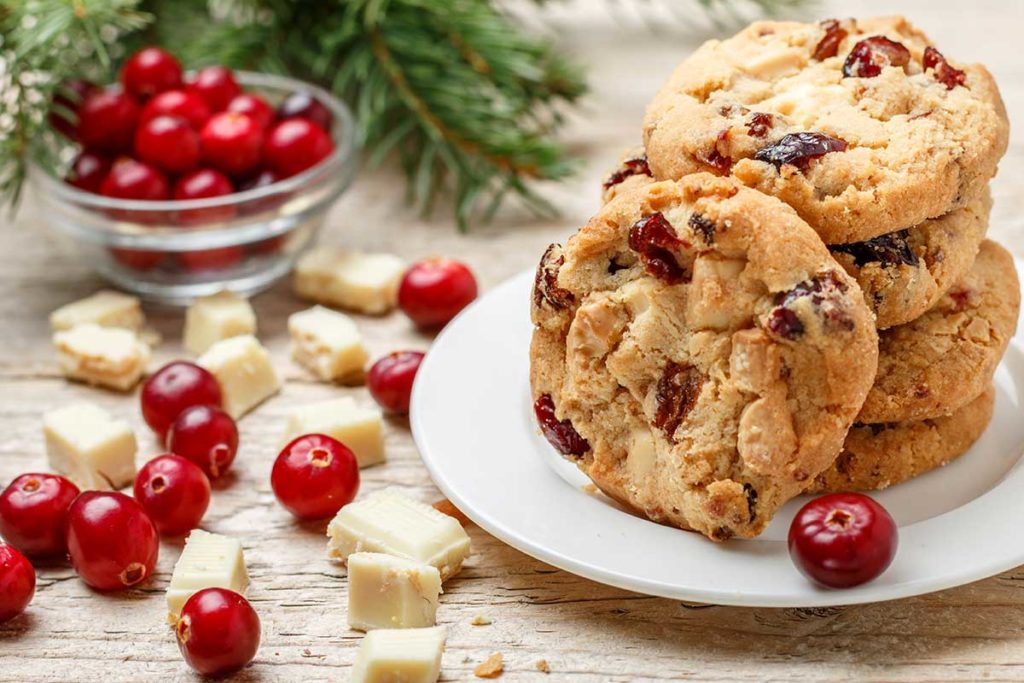Cranberries
Cranberries are predominantly associated with North American cuisine, but they are also becoming increasingly popular in Europe. We offer inexpensive cranberries in wholesale quality.
- Atco
- Products
- Dried fruits
- Cranberries
Cranberries for the food industry
Cranberries are bright-red berries related to European lingonberries. In North America, the fruits have been cultivated and used for a long time now. In Germany and the rest of Europe, cranberries only gained increasing popularity in recent years and are currently only grown in a few European regions. The dried fruits can be used much like raisins, currants and sultanas. They give dishes and baked goods their characteristic, fruity, sour flavour.
As a renowned trading company from Hamburg and an experienced wholesaler, August Töpfer & Co. is your reliable partner for all kinds of nuts and dried fruits. Our product range includes both cranberries in organic quality and from conventional cultivation for versatile use in the food industry. We source our goods from longstanding partners in the countries of origin and count on a trusting relationship and close communication. Our cranberries come from the USA and are carefully checked on site in Hamburg. Our processes ensure that you always receive your products in the quality you expect, at low prices and with high delivery reliability.
Cultivation and origin of cranberries

Cranberries are a moorland plant and considered a sub-class of blueberries. Their botanical name is Vaccinium macrocarpon. The name cranberry comes from the beak-shaped flowers of the plant; the first Europeans who immigrated into the USA thought the flowers resembled a crane’s beak. The most commonly used varieties of cranberries are indigenous to the eastern regions of North America, but other cranberries also grow in Europe and Asia. The most well-known relative in Germany is the wild lingonberry, whose fruits are smaller and darker than those of the cranberry.
The cranberry shrub is ever-green, has strong roots and grows close to the ground. The fruits are large, bright-red and firm. They are very sour raw, which is why cranberries are usually dried, boiled down or consumed as juice. They are a key part of North American cuisine and a classic ingredient of the traditional Thanksgiving dinner, for example. The global popularity of cranberries has increased significantly in recent years with the influence of the USA. According to the Food and Agriculture Organization, the worldwide harvest in 2018 equalled around 722,683 tonnes.
Processing of cranberries
The cranberry plant prefers loose soil with a high peat content. It is low-maintenance and also suitable for growing in home gardens. Yields are highest in regions with cold winters and snowfall. Besides the USA, the most important producers of cranberries are Canada and Chile. In Europe, cranberries are grown in Lithuania, Bulgaria, Poland and the Netherlands, for example. The flowering period for the ever-green cranberry plant is between May and August. Around September onwards, the red, gooseberry-sized fruits of the plant are fully ripened and ready to be harvested.

To harvest the berries, the fields are flooded with water. Agricultural machinery is used to create vortices in the water, which release the cranberries from the plant. Since cranberries contain four air chambers, they are lighter than water and float on the surface. The floating cranberries are then collected and sorted. Sorting is simplified by a trick that is also made possible by the physics of cranberries: the firm, crisp fruits jump over a barrier in the sorting facility, while the softer berries remain on the floor. The firmer fruits are either sold fresh or dried, while the softer cranberries are suitable for producing juice or jam. The cranberries are dried in ovens. Removing the moisture from the cranberries extends their shelf life. The drying process also increases the sugar concentration, so the initially sour fruits taste sweeter. Sugar or other sweeteners are often added to cranberries. At August Töpfer & Co., you can buy both sweetened and unsweetened cranberries for your individual needs.
Nutritional value and health benefits of cranberries
Even before European settlers arrived, cranberries were a popular food and prized remedy among the indigenous peoples of the USA. Cranberries are considered very healthy due to the antioxidants, flavonoids, vitamins and secondary plant substances they contain, including proanthocyanidins and condensed tannins. Especially for relieving urinary tract infections, they are typically consumed in the form of fruits, juice or nutritional supplements. Cranberries are thought to provide antiviral and bactericidal effects, but this has not yet been proven scientifically. Nonetheless, the fruits are said to offer a wide range of health benefits.
When fresh, cranberries only contain around 46 kilocalories per 100 grams and about 12 grams of carbohydrates and 11 grams of vitamin C. Due to their reduced water content, 100 grams of dried cranberries provide around 319 kilocalories and around 75 grams of carbohydrates. Although some of the vitamins contained in the fresh fruit are lost during the drying process, dried cranberries still contain numerous fibres and minerals, including magnesium, sodium, potassium, manganese and copper. As part of a health-conscious diet, cranberries are an ideal source of energy as well as a healthy substitute for confectionery, since the sugar is only released into the bloodstream slowly.
Use of ...
... cranberries
Raw cranberries are almost inedible due to their bitter-sour taste and are therefore usually used in juice or cooked dishes. When dried, however, cranberries are incredibly delicious. The fruity sweetness combined with the delicate sourness provides an interesting flavour that contrasts very well with other ingredients. Nowadays, cranberries are available to buy in many European markets. In the product range of August Töpfer, you can find premium-quality dried cranberries which we import directly from producers in the USA. Our cranberries are suitable for both raw consumption and as an ingredient in various products of the food industry.

... fresh cranberries
Fresh cranberries can be pressed into cranberry juice. Unsweetened, natural cranberry juice has a sour, very intense flavour and is often used in traditional medicine as a preventive or therapeutic remedy for bladder infections. It later became well-known in Europe as an essential ingredient in cocktails – such as cosmopolitans – as popularised by the series “Sex and the City”. In addition to juice, fresh cranberries are also processed into compote, jam, chutney or sauce or used to refine savoury dishes. Cranberry compote tastes good as a filling or side dish for meat, as well as in yoghurt, ice cream, creamy desserts and rice pudding.
Cranberries in confectionery and baked goods
In cakes, baked goods, desserts, sweet bakes and various confectionery, dried cranberries are just as versatile as raisins and sultanas. They also have similar baking qualities and generally retain their shape. In many recipes, cranberries are an excellent substitute for people who don’t like the taste of raisins. The flavour is somewhat more sour than raisins, which helps to provide a fine balance especially in sweet products. Typical products that use cranberries include muffins, cookies, raised pastries and Christmas fruit loaves. Dried cranberries are also used in cereals, muesli bars, healthy energy balls and snack mixes. Cranberries are a fruity addition to savoury flavours in salads and pan dishes.

Storage and shelf life of cranberries
Since dried cranberries have a very low water content, they can be kept for an extremely long time when stored correctly. We recommend lightproof and air-tight storage at room temperature in sealed containers to prevent moisture penetration. If moisture gets inside the container, mould can form on the cranberries. Due to the high moisture, it is not a good idea to store dried cranberries in the refrigerator. However, a white coating on cranberries is not necessarily a sign of low quality. This is called sugaring and it refers to the crystallisation of some of the fructose on the surface. It is a normal process during storage. If a softer consistency is required for a recipe, dried cranberries can be soaked in water for a few hours before use.
Our cranberries are certified:


Cranberries from an experienced wholesaler
August Töpfer & Co. is a leading importer of dried fruits, nut kernels and seeds. Our staff are active in the federal association of wholesale and international trade in dried fruits and nuts, Waren-Verein der Hamburger Börse e. V., and in the International Nut & Dried Fruit Council (INC). We currently provide the Ambassador for Germany for the International Fruit & Dried Nut Council. Our customers include leading European retailers and discounters as well as producers in the confectionery industry. We regularly import our goods fresh; we check and pack much of these goods at our location in Hamburg.
As a comprehensive food/non-food provider, we offer our customers import, storage, packaging and logistics from a single source. We set the highest standards for the quality of our products and services. In addition to our brand business, we also offer core products in the baking goods and retail snack products segments under our own producer brand “ATCO”. With more than 50 fully automated packing lines, we can respond flexibly to customer needs. Our team will be happy to assist you with any questions regarding our product range and services. If you wish, we will put together the right products for you based on your documents and specifications. Buy dried cranberries online from August Töpfer & Co. and benefit from our many years of experience and top quality at a fair price.
